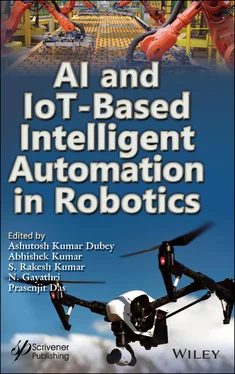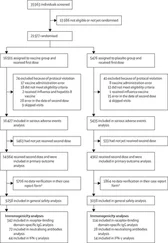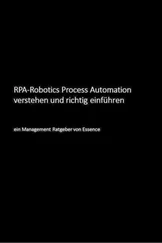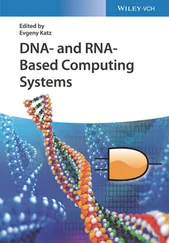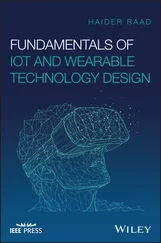Figure 3.1shows the journey of weapons, from spears to nuclear bombs. The journey of exploring new ways of developing new weapons is currently continuing in the United State of America with the use of drones to target terrorist bases in foreign countries like Iran and Pakistan. Their use got a tremendous response, successfully killing terrorists without losing a single life [11]. Robotics can be the best replacement for armed forces in warfare, which eliminates the risk of losing human life. Many countries like the USA, China, Russia, and India are developing robots for warfare. This is a new type of warfare based on technology and utilization of available resources.
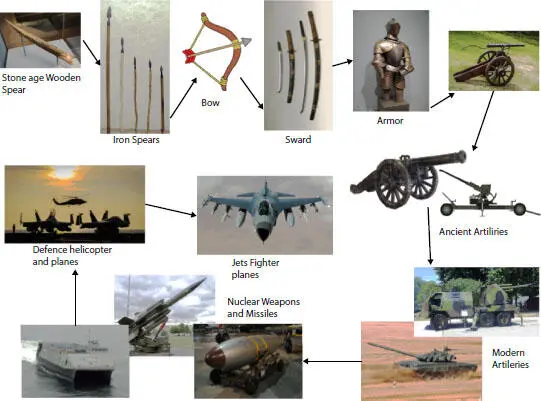
Figure 3.1 The journey of weapons in warfare.
3.3 Review of the World’s Current Robotics Capabilities in the Defense Sector
China and the United State have emerged as leaders in the field of artificial intelligence and they are trying to do the same for the field of Robotics. The world’s current capabilities in the field of robotics are reviewed below.
The Chinese government is investing billions of dollars to promote the development in the field of artificial intelligence. Chinese companies are also investing billions of dollars for startups in Silicon Valley and in the development of AI in local areas. It is expected that by 2020 China’s progress in the application and technology of robotics will be at an advanced level in the world, while it’s artificial intelligence industry will make a significant impact on its economic growth rate. In July 2017, China announced that it is expected to be a world leader in the field of artificial intelligence by 2030 with an industry potentially worth 150 billion dollars [15]. By now, China hopes to have achieved vital progress in next generation AI technologies, together with massive knowledge, swarm intelligence, hybrid increased intelligence, and autonomous intelligent systems. At that time, the worth of China’s core AI trade is targeted to exceed a hundred and fifty billion RMB (over $22 billion) in value, with AI-related fields valued at one trillion RMB (nearly $148 billion). At the same time, China is advancing in gathering high-quality talent and establishing initial frameworks for laws, ethics, and policy.

Figure 3.2 “Warrior,” the first Chinese patient robot.
Dr. Cameran Ashraf, an assistant professor at Central European University who researches the geopolitics of internet censorship and cyberwar, said in The Defense Post that “China is very likely to remain highly competitive in the AI space by 2030, and barring substantial geopolitical instability will be a global leader in AI and cyber warfare” [15].
As reported in the PLA Daily , the Chinese army has created a lifelike golem mannequin, complete with a pulse and beating heart, to assist in training its medics to treat tract wounds. The medical robot named “Warrior” shown in Figure 3.2is even ready to provide medics feedback on how well they’re treating the injuries and is provided with over thirty sensors to assist in simulating over three hundred tract injuries [32].
3.3.2 United State of America
The United States government is providing billions of dollars to get ready for the following stage of warfare that it believes is going to be defined by advances in AI. Ideas like drone motherships releasing little baby drones from the air and the sea, infantrymen and women sporting exoskeletons and wearable electronics loaded up with combat apps, and lone mission commanders directing swarms of remote-controlled vessels to carryout operations are areas that are already being tested at MIT’s Computer Science and AI Laboratory [18]. On May 3, 2016, the US Administration announced that it will establish a new National Science and Technology Council (NSTC) Subcommittee on Artificial Intelligence and Machine Learning responsible for helping coordinate Federal activity on AI. This Subcommittee directed the Subcommittee on Networking and Information Technology Research and Development (NITRD) to create a National Artificial Intelligence Research and Development Strategic Plan. A NITRD Task Force on Artificial Intelligence was then formed which outlined the Federal strategic priorities for AI research and development, with explicit attention on areas of national security that industry is unlikely to handle [18].
The Defense Advanced Research Project Agency (DARPA) of the U.S. Department of Defense has been one of the largest sources of funding for AI research and development workover the last few decades, including funding for the virtual machine reality (VMR) system which aids intelligence analysts in searching, filtering, and exploring visual media through advanced computer vision and reasoning techniques.
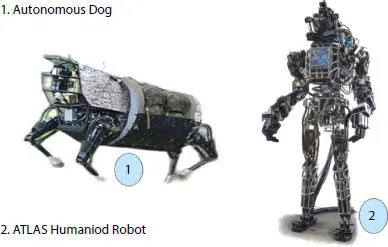
Figure 3.3 Armed robots being developed for U.S. armed forces.
Figure 3.3shows the humanoid robot Atlas and an autonomous dog. DARPA is strenuously working to complete these projects for its armed forces.
The United States and China are busy competing with each other to become the leader in the field of artificial intelligence. The Russian government also understands the importance of robotics in warfare. Nobody would call Russia’s administration and budgetary organization especially deft, nor its protection industry especially developed. Without a doubt, Russia trails the Western economies in such key areas as correspondence hardware, microelectronics, innovative control frameworks, and other key advances. However, in specific areas of the field of unmanned military frameworks, Russia might be creeping in front of its opposition in planning and testing a wide assortment of frameworks and conceptualizing their future use.
Before the eventual fate of war is acknowledged in combat zones, it is formed in labs and practice ranges. As Russia’s Ministry of Defense iterates design around the Marker unmanned ground vehicle, the Ministry of Defense is learning the opening plays of future robot fights. In the first half of 2020, Russia is expected to test robot swarms guided by armed humans in exercises to learn exactly how the nation should prepare for robot warfare in the future [16]. The Russian Ministry of Defense is bringing two robot tank designs in-house, following advancements from industry in developing these forms [17]. The Ministry of Defense has asked those involved in different military-mechanical endeavors to provide recommendations which will be surveyed ahead of schedule one year from now by the military’s Combined Arms Academy. The Russian state news agency has written that the initiative is intended to address “the virtual absence of a unified concept for the use of military robotics by the Russian armed forces” [18]. Figure 3.4shows some advanced autonomous military robots.

Figure 3.4 Some advanced Russian military robots.
Читать дальше
